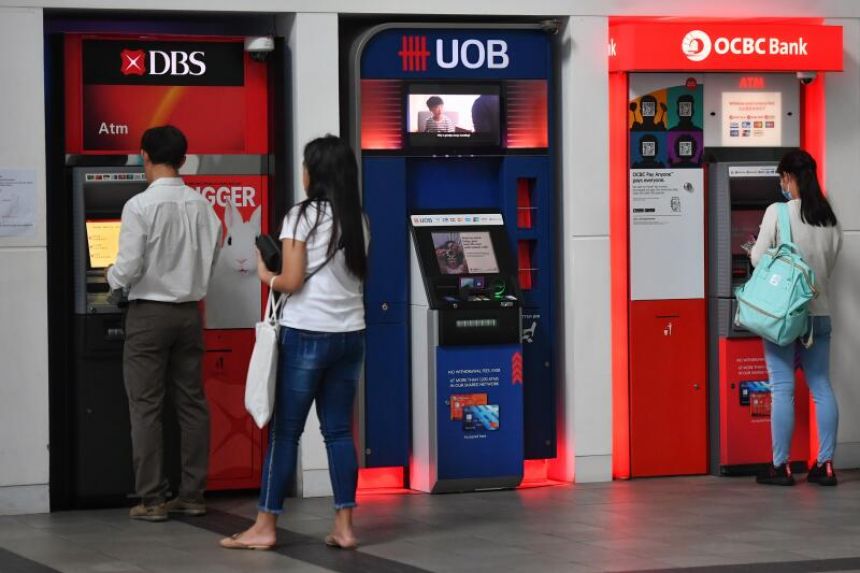5 credit card fees in Singapore you should know about

Credit card fees are often talked about, yet rarely properly understood. How are these fees affecting your credit card spendings? Read on to find out!
Many would consider getting a credit card as a rite of passage to the first steps of adulting. It makes sense having a card that rewards you every time you spend – be it with miles, cashback, or reward points.
While it’s great to get rewarded for your purchases, there’s also the flipside to be aware of – credit card fees. Here are the biggest ones:
| Types Of Credit Card Fees | Percentage of Fees |
| Foreign Currency Transaction Fee | ~ 3.25 per cent |
| Dynamic Currency Conversion Fee | ~1 per cent (excluding exchange rate markups) |
| Late Payment Fee | ~3 per cent |
| Annual Fee | ~ $180 |
| Cash Advance Fee | ~ 8 per cent |
As the name suggests, this is a credit card fee imposed on any payment made in foreign currencies. Most banks in Singapore typically set this at 3.25 per cent on the converted Singapore Dollar amount. Ouch!
When you choose to pay for your overseas purchase in Singapore Dollars with your local credit card, your bank charges you a ~1 per cent fee on the converted currency conversion.
On top of this, you’re also subjected to unfavourable exchange rates provided by the merchant or currency conversion provider. This double whammy can easily lead to you paying between 7 per cent to 15 per cent for just exchange rate fees!
These overseas transaction credit card fees are a couple of the increasingly important forms of credit card fees to be aware of – mainly because it’s typically hidden from bank statements .
This is one of the main reasons why multi-currency accounts, like YouTrip , have gained popularity in recent years, as they allow anyone to make payments conveniently, with none of the additional fees.
Plus, with real-time, Wholesale Exchange Rates , you’ll also be sure you’re getting the best rates on your overseas spending .
With more people spending in foreign currency online, many banks continually promote themselves to having the best credit card for overseas spending.
Yet inevitably these cards come with hidden fees on foreign currency transactions and exchange rate mark-ups! You can read about these fees in greater detail in our Guide to Overseas Transaction Fees .

It’s generally a good idea to pay your credit card bill in full once you’ve received it. If that isn’t possible, you should at least pay off the minimum monthly payment – which is usually 3 per cent of your total bill or up to $50, whichever is higher.
This is because banks charge high interests if your payment is not made in full by the due date.
Credit card debt is notoriously difficult to overcome and can spiral out of control before you know it, so it’s always wise to ensure that you only spend within your means! When using a credit card, make sure to avoid the unforgiving cycle of paying off late payment fees and interest charges.
Simply put, this is the fee that you pay for the convenience of using a credit card. To entice prospective customers, most credit cards come with promises of no annual fees for up to 2 years!
But you can expect to see a charge of about $180 (the average credit card’s annual fee) on your statement every year after. Out of all the various credit card fees listed, annual fees are usually the easiest ones to avoid with a little time and effort.
The most direct way to avoid this fee is to make a phone call to your bank! Most banks are likely to accept your request to keep you on as a customer.
Some banks make it really easy to apply for annual fee waivers, with the option available online at the touch of a button.
There are also several credit cards with no annual fees, although these typically require you to either spend a certain amount for the year, be a member of their partner organisation, or already be a “priority” customer of theirs.

Withdrawing cash with a credit card from an ATM is not a common practice, and for good reason! These withdrawals come with an additional fee of 6 – 8 per cent of the transaction, with a minimum fee of $15.
Cash advance fees occur for travellers more commonly than locals. You may find yourself overseas and in dire in need of cold, hard cash. At this point, you may have little choice but to turn to your credit card and face these substantial fees.
But no fear – having a multi currency account may help you in this regard! With YouTrip, you’ll be able to make cash withdrawals from overseas ATMs easily without worrying about cash advance fees.
Credit cards are no doubt useful when used right! But as consumers, we’ll first have to aware of all these credit card fees, and how to avoid them.
For instance, avoid using credit cards on foreign currency purchases. Instead, use a multi currency account for all your overseas spending. Banks may try to promote overseas spending with miles or cashback rewards.
But we’ve done the math on both miles cards and cashback cards – let’s just say that the rewards are not always worth pursuing when spending in foreign currency.
As a guideline, here are some easy-to-follow credit card rules:
This article was first published in YouTrip.